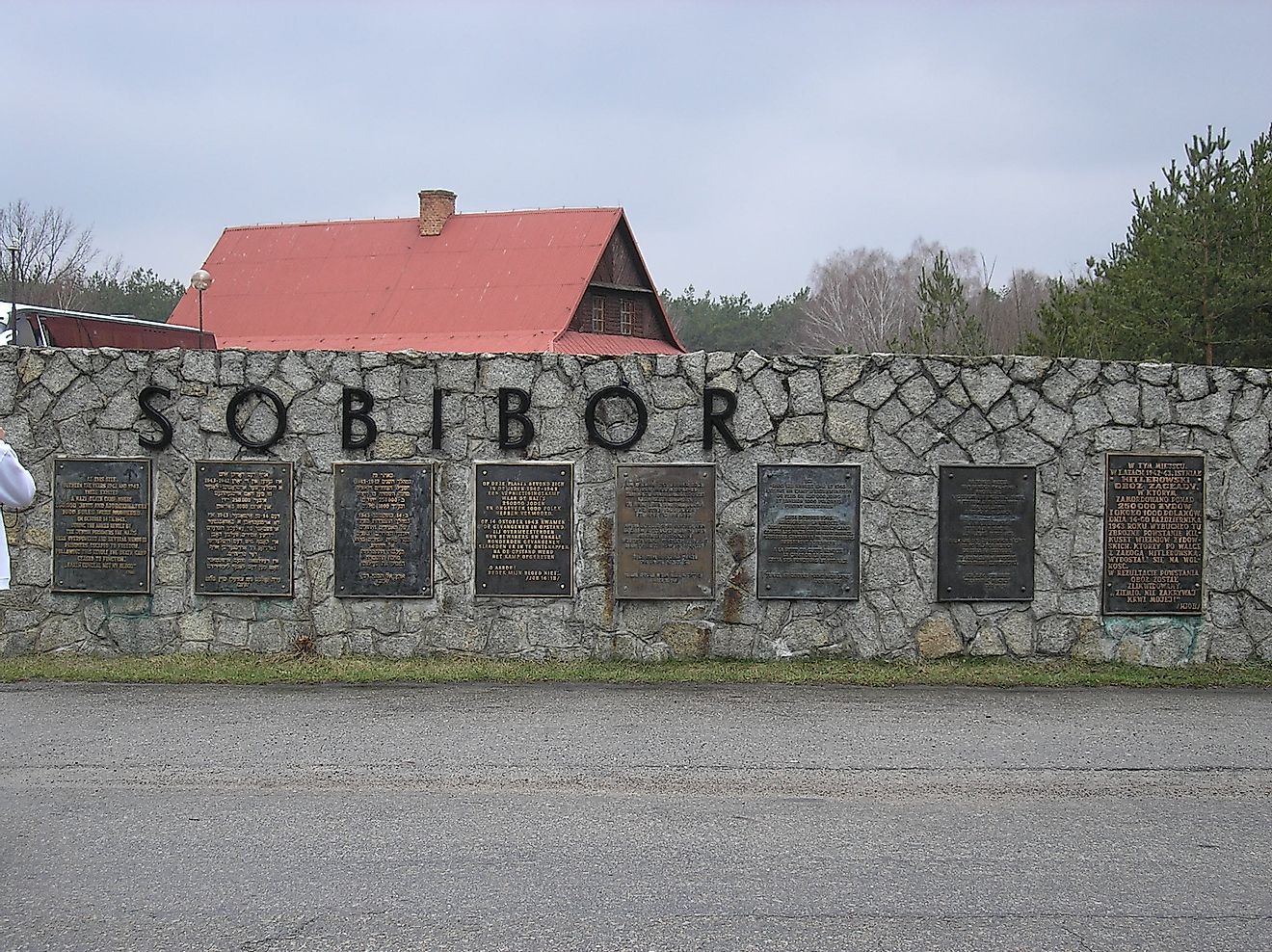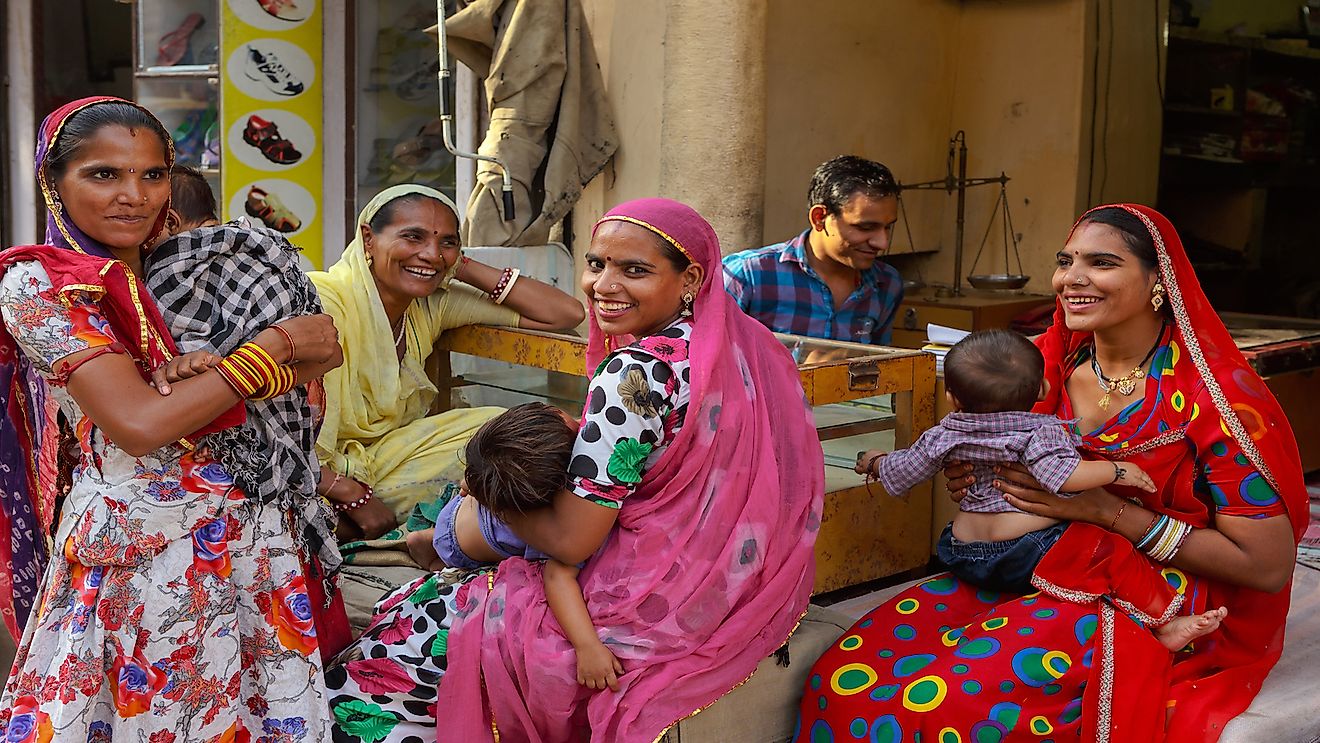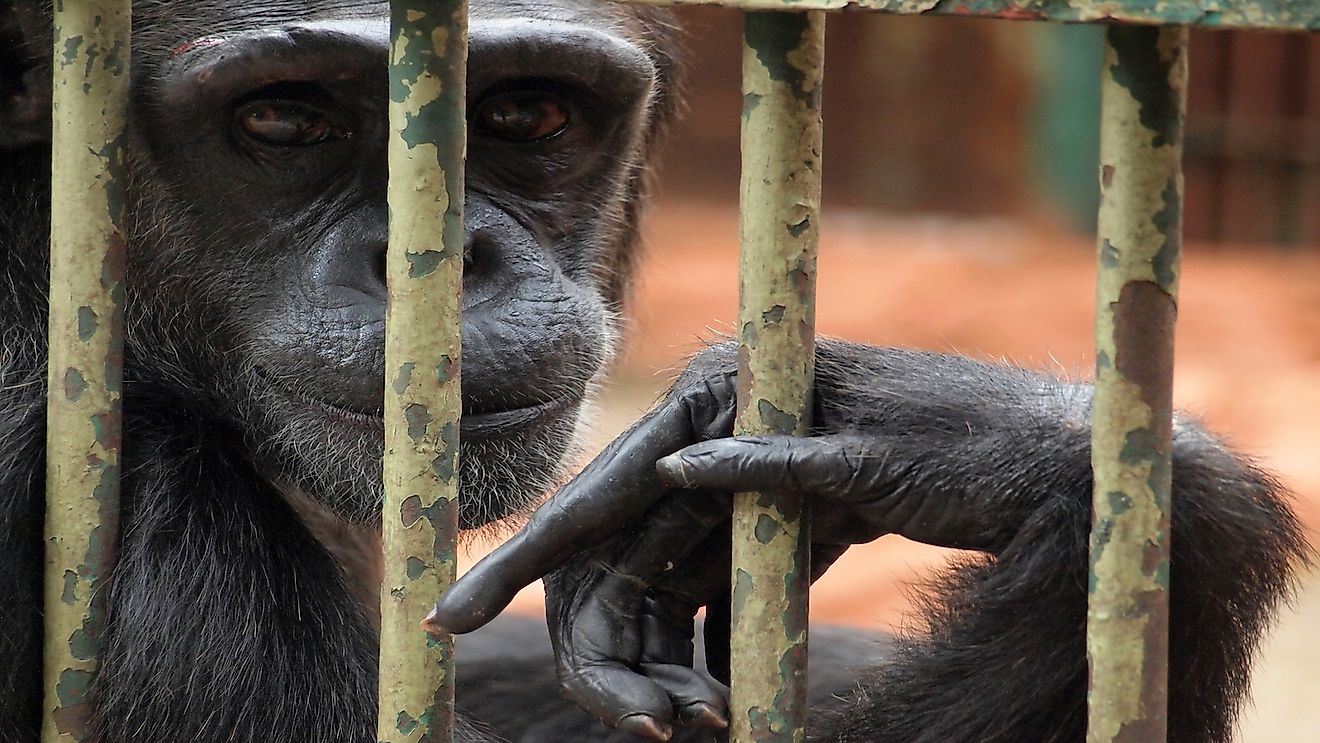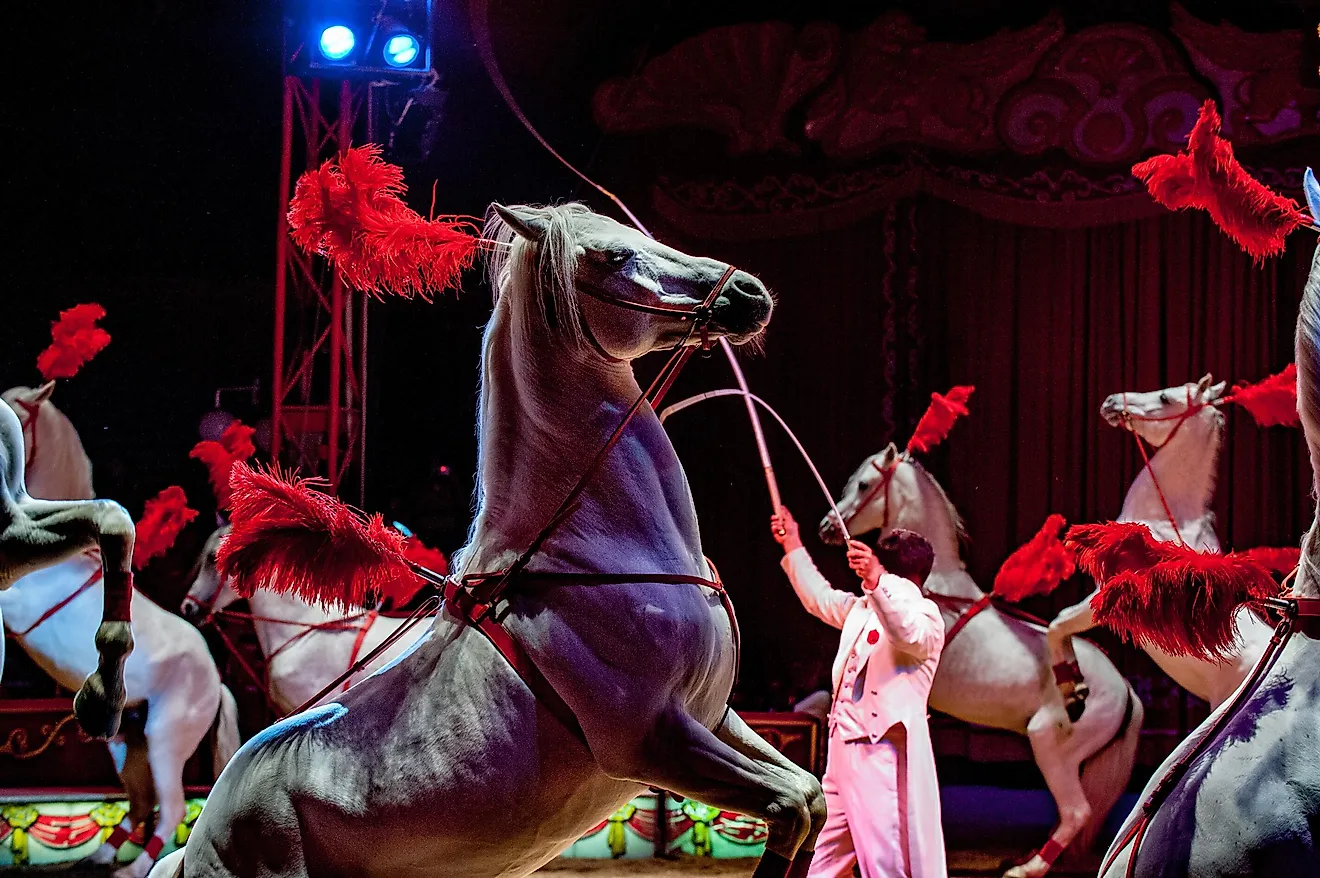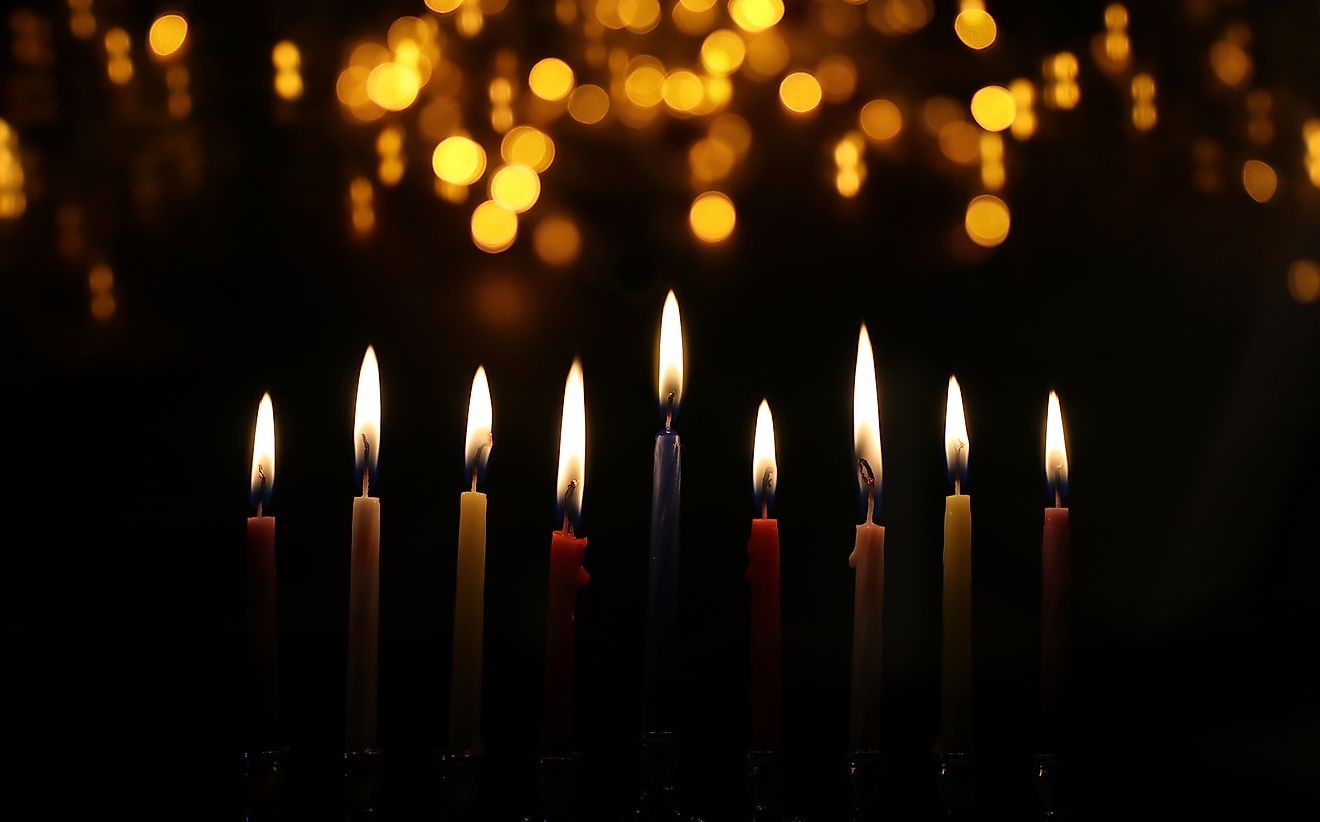The Real Story of Pocahontas
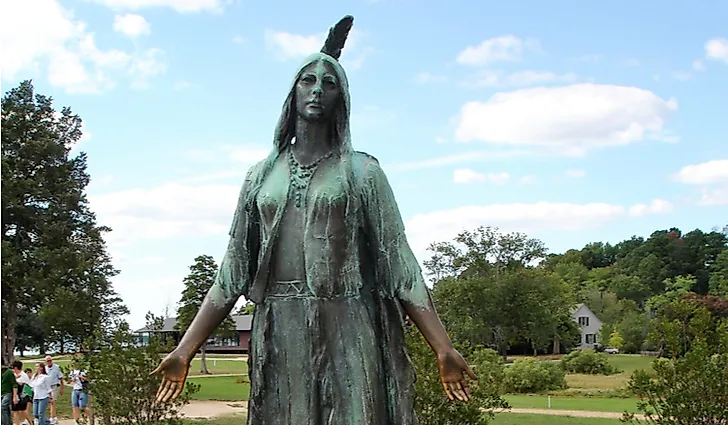
Despite the famous Disney movie, Pocahontas was in fact a real Native American who helped foster a relationship between her tribe and the colonial settlement of Jamestown, Virginia. Though she was not a princess, Pocahontas was the daughter of Chief Powhatan, the highest chief in a section of tribes in the Tsenacommacah, or the area of land that made up Tidewater, Virginia, which consisted of an alliance of roughly 30 groups and petty chiefdoms.
Early Life of Pocahontas
Though there is little known about Pocahontas's early life, such as who her mother was or if she lived through childbirth as Powhatan legend states that she died birthing Pocahontas. The exact year Pocahontas was born is unknown, but historians believe Pocahontas was born around 1596 based on a description given by John Smith in his 1608 text, A True Relation of Virginia. Smith believed the young girl was around 10 years old when he first met her in the spring of 1608. The date of her birth could not be declared from his musing because eight years later in 1616, Smith described Pocahontas again as she was in 1608, but as being twelve or thirteen.
While many mistake Pocahontas for marrying John Smith, she in fact married another colonist in Jamestown. Pocahontas did, however, in 1607 save Smith who was to be killed by placing her head on top of his, which rested on a stone waiting to be crushed. Though Pocahontas saved Smith and was a symbol of peace and goodwill between the Native Americans and the colonists, Smith was not a love interest.
Capture and Ransom Attempt
In 1613, the Jamestown colonists captured Pocahontas and attempted to use her for ransom during a period of hostility between the Native American tribes and the Englishmen. During her imprisonment with the colonists, Pocahontas converted to Christianity and took a Christian name, Rebecca. When relations between the Native Americans and colonists settled again, Pocahontas was given the opportunity to return to her tribe. She instead chose to remain with the colonists and marry John Rolfe, a tobacco farmer. She gave birth to their son Thomas Rolfe in January of 1615 after nine months of marriage.
Move to England
Pocahontas, now Rebecca Rolfe, traveled with her husband and one year old son to London in 1616 where she was presented to English society. The English had hoped to convert the Native Americans to Christianity and "civilize" them by teaching them to live in the same fashion and custom of the English. Pocahontas was presented to English society as an example of the "civilized savage" to show that the colonists had been successful in their mission aside from settling the new world. Pocahontas was used to try to attain further investment in the Jamestown settlement. As she rose in status, becoming almost like a celebrity figure in London, Pocahontas was presented as a princess because she was the daughter of a high-status chief and it helped solidify positive relations, in the eyes of the English, between the Native American tribes and the English colonists in their attempts to settle the land and spread Christianity.
Return to Virginia
After living among the English and spending time as a celebrity to English society, Pocahontas along with her husband and son were to sail back to Virginia in March of 1617. After boarding the ship, Pocahontas only sailed as far as Gravesend, a small town on the river Thames nearly at the mouth of the English Channel, before she fell fatally ill. The causes of her illness were not determined, but she was taken ashore and died of what some speculate to be pneumonia, smallpox, or tuberculosis. Others believed Pocahontas was poisoned, ending her life at the approximate age of 21.
A funeral was held on March 21, 1617 at St. George's Church in Gravesend. She was buried at the parish, but the exact location of her grave is unknown. The church was rebuilt after burning down in 1727, and it is thought that when the church was reconstructed, her grave was underneath the church's chancel.
